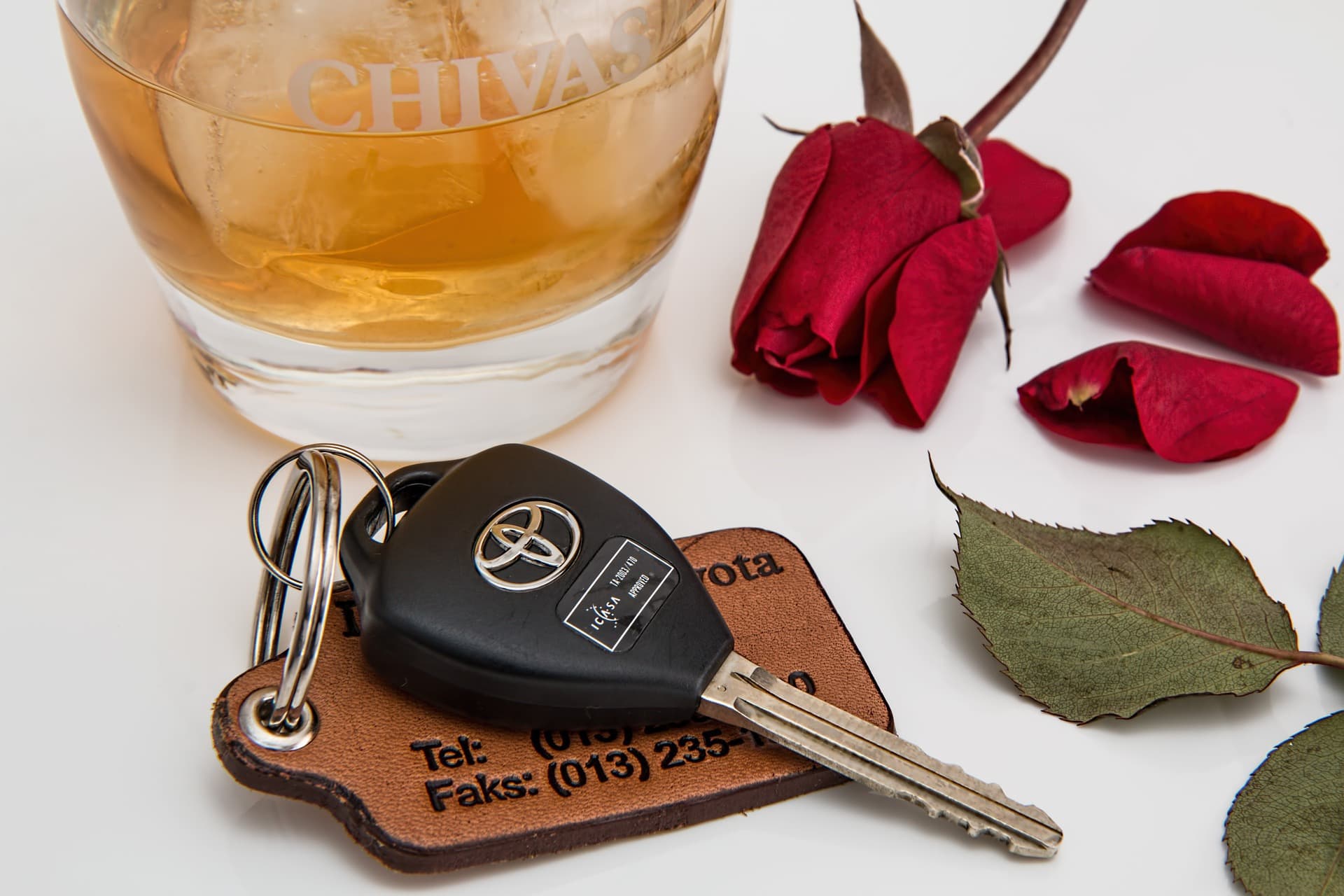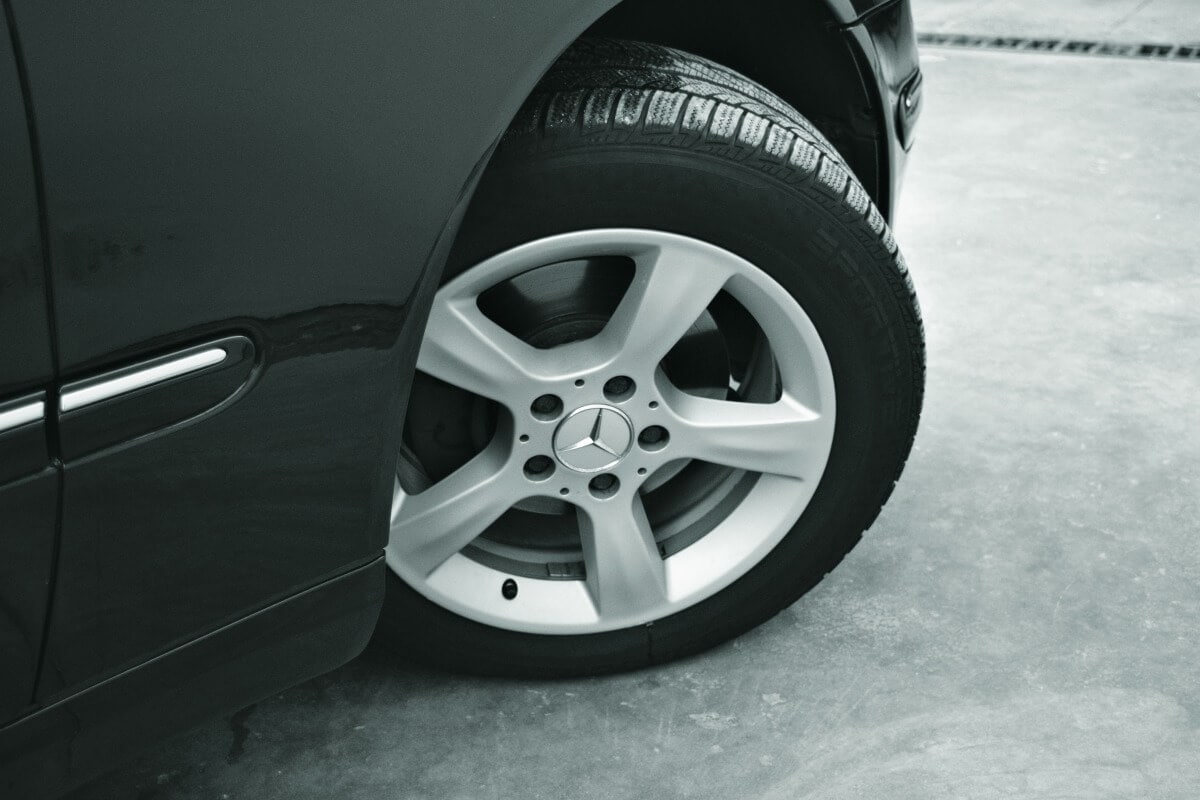The Practitioner’s Guide: Attacking A DWI In North Carolina
Let us help you prepare for your DWI defense.
We’ve compiled a Practitioner’s Guild to Attacking a DWI in North Carolina to provide resources on different defense methods for contesting DWI charges.
Be well informed and do your research to build a strong case and ensure the best results for your and your client.
It is important to examine all factors to determine the legality and constitutionalism of the stop, arrest, results, and release of a suspect in a DWI case. Leave no stone unturned when building your defense.

PART I
The Stop
No one likes getting pulled over.
Red and blue lights flashing in your rear view mirror often cause anxiety and frustration.
Vehicular stops in film and television are so sensationalized that it can be hard for the average citizen to know the real process, know his rights in such a situation, and know if the law enforcement officer is doing his job in the proper manner.
When law enforcement violates a person’s constitutional rights by initiating an unlawful traffic stop, challenging the stop could result in a dismissal of the State’s case.
Reasonable Suspicion
If you weren’t doing anything wrong, a law enforcement officer shouldn’t have pulled you over.
There must be reasonable suspicion of illegal activity for an officer to stop you on the side of the road.
If you were pulled over without reasonable suspicion, this can be grounds with which to fight a DWI charge.
A stop in this circumstance can be contested with the Fourth Amendment of the United Stated Constitution which protects its citizens “against unreasonable searches and seizures.”
Some DWI stops could have been the result of other traffic violations, such as having a broken brake light or forgetting to signal when turning.
If someone is pulled over for running a red light and ends up charged with a DWI by the end of the altercation, the officer must have
- reasonable or logical argument for his suspicion
- articulable and specific facts for initially pulling the car over
Speeding does not count as reasonable cause to pull someone over for a DWI. NHTSA has not indentified speeding as a sign of impairment.
NHTSA has developed a guide for officers to look for clues of impaired driving called “The Visual Detection of DWI Motorists.” This manual provides a list of twenty four indicators of impairment in categories such as maintaining proper lane position, speed and braking problems, vigilance problems, and judgement problems.
If there is a hunch that someone is driving while impaired but no reasonable suspicion, the law does not allow an officer to stop that driver.

Attacking A Checkpoint
In the State of North Carolina, police are allowed to set up checkpoints to stop a vehicle without irregular or suspicious activities.
If you were charged with a DUI at one such checkpoint, there are steps you can take to contest it.
For the stop to be legal, the checkpoint must pass Constitutional and statutory muster. Any attack of a checkpoint begins with the Constitution.
The Supreme Court has held that in order for a checkpoint stop to be valid and in line with the Constitution, it must be reasonable and have a legitimate primary programmatic purpose.

Turning Away From A Checkpoint
As previously mentioned, the State of North Carolina can set up checkpoints and stop vehicles there.
However, if someone makes a legal turn prior to entering the checkpoint, law enforcement has no probable cause to stop the vehicle to investigate.
Avoiding law enforcement has been considered by the Supreme Court: “flight – wherever it occurs – is the consummate act of evasion: it is not necessarily indicative of wrongdoing, but it is certainly suggestive of such.”
Some of the conflict lies in the fact that someone who turns prior to a checkpoint must have knowledge that it was there in the first place.
In some instances, checkpoints may not use signs or police car lights to indicated that there is a checkpoint a head. If this is true of your stop, then it is reasonable to conclude that you did not have the intent to turn and avoid a checkpoint that you didn’t know was there.

Attacking Reasonable Suspicion
Attacking a Checkpoint
Defending the Right to Turn Away from a Checkpoint
PART II
The Arrest
Getting arrested is a big deal.
If it’s not done constitutionally, that’s not okay.
Contesting an arrest and the methods involved is one way to attack DWI charges.
Was there probable cause for your client’s seizure by law enforcement? Was an HGN test administered and used as evidence? Did the suspect take any field sobriety tests?
Be sure to check all of the facts, police reports, witness statements, field test results, and any available evidence regarding the arrest to check their legality and accuracy.
Probable Cause
If the arrest is unconstitutional, the charge shouldn’t stick.
Probable cause for an arrest has been defined to be a reasonable ground of suspicion, supported by circumstances strong in themselves to warrant a cautious man in believing the accused to be guilty.
If a law enforcement officer proves to be biased, rushed, or incomplete in their investigation then they are not being properly cautious in their attempt to enforce the law.
Prior to a DWI arrest, most officers are trained to administer three standardized field sobriety tests.
There must be probable cause along with concrete and legally obtained supporting evidence for DWI arrest charges to stick.

Attacking HGN
Attacking the admissibility of an HGN test is another way to fight a DWI arrest in North Carolina.
The HGN is the Horizontal Gaze Nystagmus is a sobriety test that some police officers may conduct to determine the sobriety (or lack thereof) of an individual.
Nystagmus is a twitch-like involuntary jerking an eye that COULD indicate the presence of depressants or alcohol in a person’s central nervous system.
Important in the examination of HGN test as they pertain to DWI charges is North Carolina Rule 702:
Rule 702(a) states that if scientific, technical or other specialized knowledge will assist the judge or jury on a factual issue, then an expert may testify in the form of an opinion, if:
- The testimony is based upon sufficient facts or data;
- The testimony is the product of reliable principles and methods; AND
- The witness has applied the principles and methods reliably to the facts of the case.
In 2017, the Supreme Court found that for HGN purposes, element two above is deemed satisfied.
To try someone with DWI charges as impaired on the basis of a HGN test, the witness required by law must be confirmed an expert witness, otherwise the test results can be argued as inadmissible.
NC Rule 702 specifically states that an expert witness, qualified under 702(a) and who has completed HGN training, can give an opinion solely on the issue of impairment, and not on the issue of a specific alcohol concentration level, based on the results of a HGN test.
The witness to an HGN test can only testify in court regarding the results of that test and cannot make statements about the alcohol levels of the defendant based on the results of HGN.

Attacking W&T and 1LS
The key to attacking the “Walk-and-Turn” or “One-Leg Stand” sobriety tests is to understand what indicators the officer was looking for along with verifying that these tests were administered in a standardized manner.
For attorneys and others involved in the legal profession who work with DWI and DUI cases, we would recommend staking the student course on DUI Detection and Standardized Field Sobriety Tests. It’s a great way to get acquainted with these process and understand the training law enforcement officers undergo.
An officer must give oral and visual instructions to the individual.
In a Walk-and-Turn, the officer administering the test must first tell the individual to maintain the starting position and to not begin to walk until told to do so.
The officer must then demonstrate the test, walking three steps on the line, turning, and then walking three steps back.
A person can’t follow an instruction that wasn’t given or given properly.
The same process of oral and visual instructions applies to the One-Leg-Stand test, where the person is asked to stand with one foot raised six inches and kept parallel to the ground, all while keeping their arms to their sides and counting aloud.
The test is only supposed to last for thirty seconds from the time the individual’s foot leaves the ground.
Research indicated that this test can be difficult for even a sober person to maintain for more than thirty seconds.
Other factors must be taken into consideration if either of these tests have been used. Is this person over sixty five? Are they overweight? Did they have a previous injury? What shoes were they wearing? What were the weather conditions? Where did it occur?
Any one of these variables could contribute to a suspects poor performance in field sobriety test.

Attacking Probable Cause
Attacking HGN
Attacking the W&T and 1LS
PART III
The Chemical Results
Just because a test involves chemicals, technology, or science does not make it infallible.
Attacking the credibility of these tests, either the method itself, the way it was administered, the results, or a variety of other factors, is essential to winning your case.
Machines can malfunction. Technology can fail.
The results of one of these chemical test may say that someone has specific BAC, but a casual observer of the same inebriated person may not see an physical evidence to support this, such as slurred speech or staggering.
Attacking Breath Test
During this Observation period, a person canon drink, eat, vomit, burp, smoke, or even chew gum as a precaution against any one of these things contaminating the breathalyzer results.
Emphasize to your jury the precarious nature of a machine that depends on a person not having burped in the last 15 minutes in order to give an accurate result.
The theory of breath testing is based on the scientific principle known as Henry’s Law.
Henry’s Law as applied to breath testing suggests that if you can determine the amount of alcohol in a person’s lungs (i.e. their breath) you can estimate the amount of alcohol in their blood.
Understanding Henry’s Law allows a deeper sense of why these principles do not really apply to breath testing.
Alcohol is a depressant that affects the central nervous system. A person does not show symptoms of being impaired until the alcohol reaches the brain, which occurs by travel through the bloodstream.
Part of the reason that blood alcohol tests are more scientifically accurate than breathalyzer tests are because the can show the level of alcohol in someone’s system at a given moment.

Attacking Willful Refusal
If someone refuses to submit to a chemical test, it is withing their legal rights to do so. They also must be made aware of their rights prior to the administration of chemical testing.
When attacking willful refusal in a DWI case, you should consider the following questions: Were there reasonable grounds to suspect a DWI? Did the test administrator inform the individual both orally and in writing of their legal rights involving chemical testing? Did the person refuse willfully to undergo these test?
The law requires that a person be read the “Rights of a Person Requested to Submit to a Chemical Analysis” (DHHS Form 4081) by the officer acting as the chemical analyst and be provided a copy of the same in writing.
It is important to note the timing of the test and when the individual was informed of their “Rights of a Person Requested to Submit to a Chemical Analysis”
A person must be charged or arrested with a DWI before they are informed both orally and in writing of their rights and can then have chemical alcohol tests are administered.
If it is decided that more than one chemical test need be administered, say a breath test then a more accurate blood test, a person must be read and given their rights before each test individually.

Attacking Blood Results
You can fight the use of blood test in court on both a Constitutional and statutory level.
The first avenue to explore is the means by which the blood sample was gathered. Again we go back to the ever-relevant Fourth Amendment against unlawful search a seizures.
A recent case from 2016, Birchfield v. North Dakota, states that “Blood tests are significantly more intrusive than [breath tests], and their reasonableness must be judged in light of the availability of the less invasive alternative of a breath test.”
So even though blood tests are more scientifically accurate in determining a person’s level of alcohol consumption, the implementation of such a collection method is more precarious.
It is important to be aware that as of 2016 in the previously mentioned case Birchfield v. North Dakota, blood tests do not quality as a search incident to arrest.
No Observation Period is needed when taking blood since there is no concern about mouth alcohol.

Denied A Witness
Every Defendant has a right to witness when performing a consensual breath test.
If an officer has stopped a driver on suspicions of driving while impaired, before performing a breathalyzer or other chemical test, they must inform the individual of their right to have a witness or attorney present. There is then a thirty minute window for a witness to arrive before testing begins.
The defendant can chose whether or not they would like to exercise this right to a witness.
The officer must fill out the relevant information on the DHHS form 4081, which is the Rights of a Person Requested to Submit to a Chemical Analysis. The officer must check either “yes” or “no” indicating their choice to use a witness or not.
If your client was denied a witness during chemical testing, this may be grounds to suppress the results of chemical testing.
It is the job of the defense to show that your client requested to have a witness during testing, the witness showed up to the testing site in a timely fashion, and the witness made reasonable efforts to gain access to the defendant.
It is important to ask the right questions to find the full extent of what happened at the scene. Did the defendant have access to a phone? Was he permitted to use his cell phone to make calls, access contacts, or look up attorneys?

Attacking a breath test
Attacking a Willful Refusal
Attacking the Blood Results
Denied a Witness
PART IV
The Delayed Release
If a person is being arrested, a magistrate judge must be inform the person of three things:
- What charges are being made
- Right to communicate with counsel and friends
- What is needed to obtain release
Since DWI charges are dealing with an allegedly impaired person. Gathering information from witness and friends regarding evidence of sobriety must be available immediately.
State v. Knoll
In 1988, the North Carolina Supreme Court case State v. Knoll determined that three individuals suspected of a DUI were prejudiced because the magistrate failed to give them the information pertaining to the conditions of their release.
The magistrate didn’t set clear pretrial release conditions, thus preventing the defendants from getting proper access to a legal counsel and friends so no independent proof of sobriety and no other evidence could be gathered in a timely fashion.
The focus here is that the defendants never had the opportunity to gather evidence to support their own cases since they were never given information about how to get released and were unable to communicate with their friends and legal counsel.
Related cases in North Carolina include State v. Warren and State v. Hicks.

Attack Based on State v. Knoll
